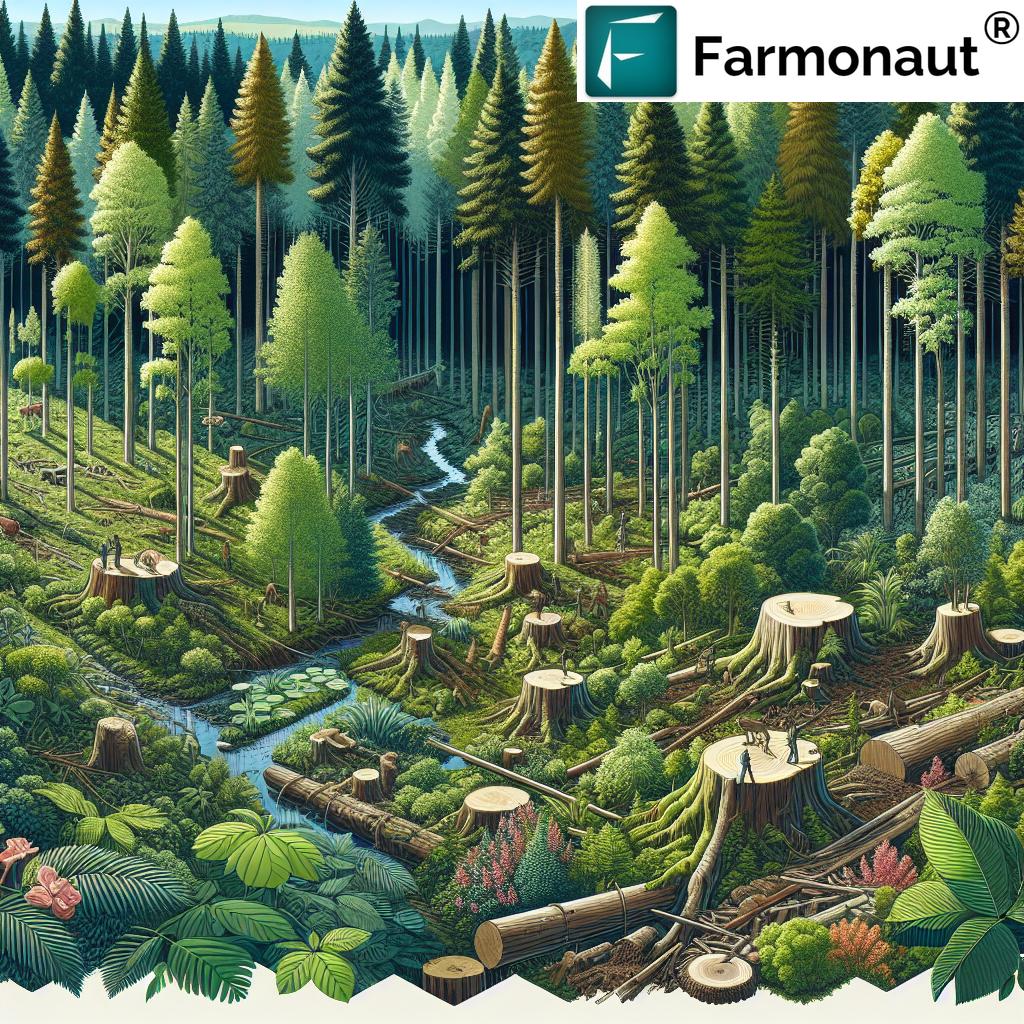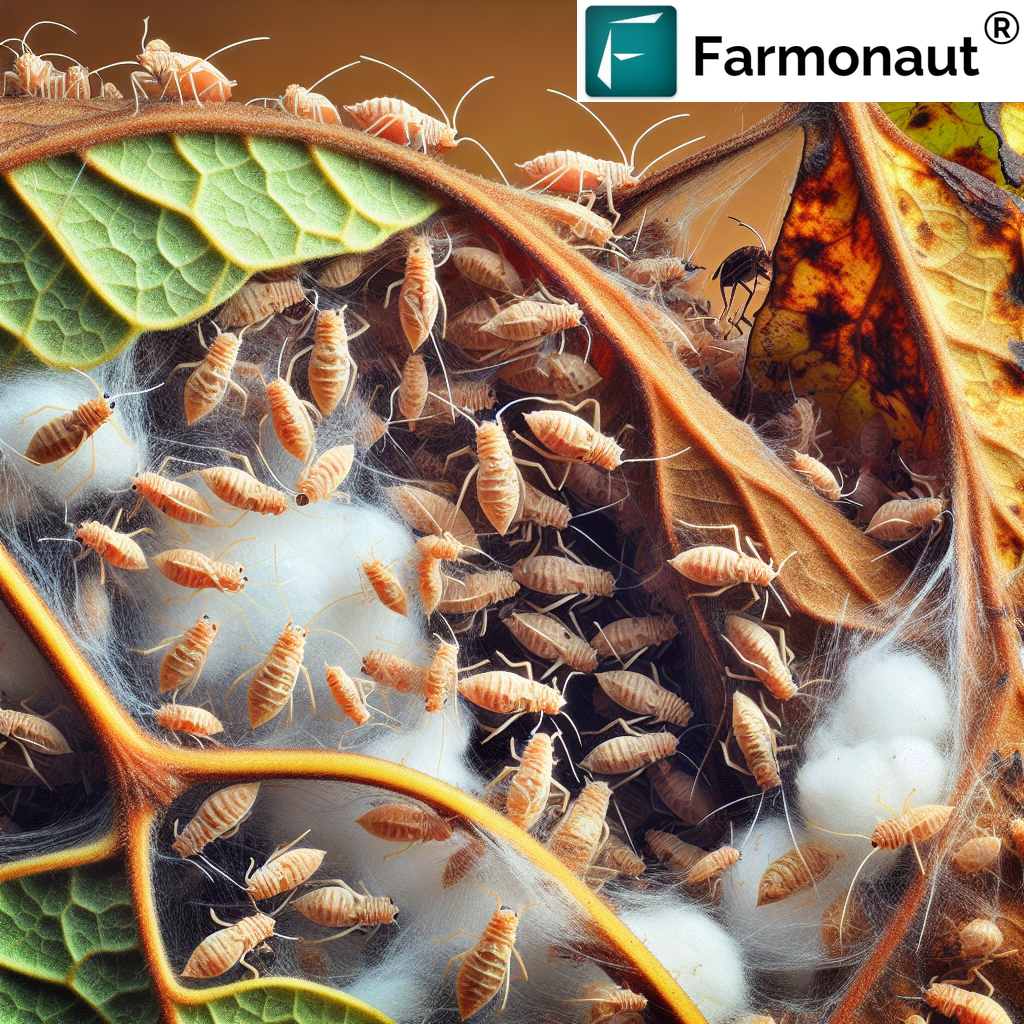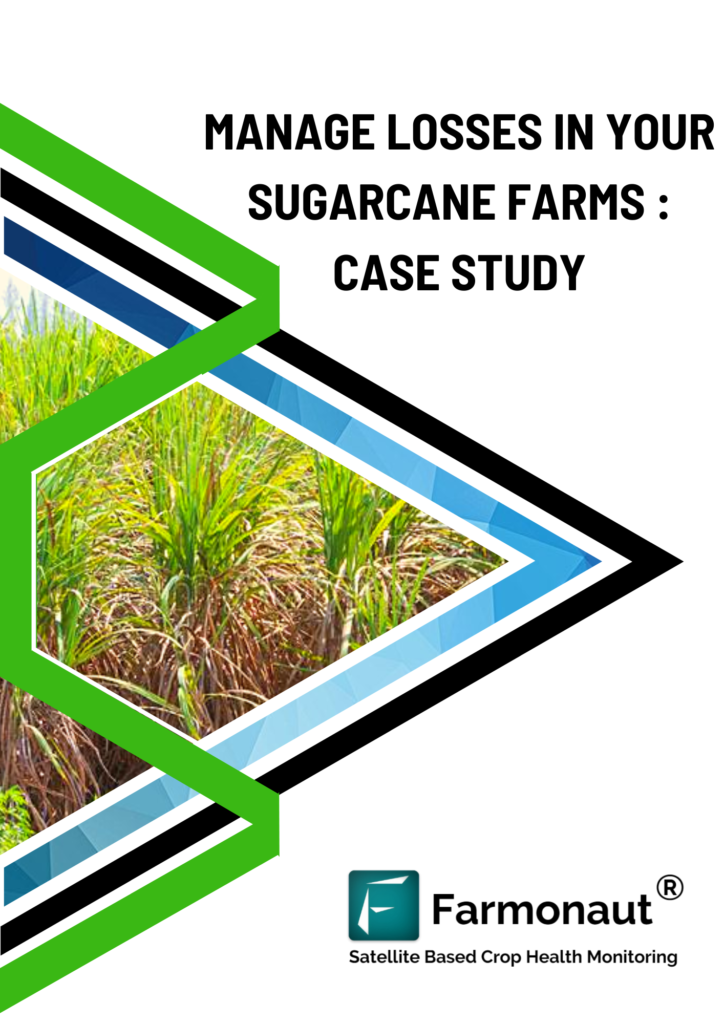Ulmus parvifolia, Eucalyptus parvifolia & More: 2026 Forestry
Introduction: The Pivotal Role of Ulmus parvifolia, Eucalyptus parvifolia & Yucca brevifolia in 2026 Forestry
In the evolving realm of sustainable forestry and land management, certain tree species have captured the spotlight for their extraordinary resilience, adaptive attributes, and substantial contributions to climate-smart forestry practices. As we approach 2026, the combined ecological influence of species like ulmus parvifolia, eucalyptus parvifolia, ulmus rubra, ulmus pumila, ulmus americana, and yucca brevifolia cannot be overstated. These diverse species embody unique strengths—from disease resistance and rapid growth to drought tolerance and soil stabilization. Their pivotal roles across varied landscapes have become increasingly significant as climate change continues to influence ecosystem dynamics, biodiversity, and sustainable agriculture.
Understanding how these species interact with their environments paves the way for developing robust, resilient forest landscapes. In this comprehensive guide, we dive deeply into the ecological and economic advantages of each, explore their relevance in contemporary land management, and examine how state-of-the-art technologies like Farmonaut’s satellite-driven insights drive sustainable progress in 2025, 2026 and beyond.
“Ulmus parvifolia can sequester up to 28 kilograms of CO₂ per tree annually, aiding climate-smart forestry in 2026.”
Ulmus Species in Forestry and Agroforestry: Focus on ulmus parvifolia, ulmus rubra, ulmus pumila, and ulmus americana
The Ulmus genus, commonly recognized as elms, encompasses several instrumental species deeply rooted in temperate forestry, urban landscapes, and agroforestry systems. Let’s explore the unique ecological and economic attributes that make ulmus parvifolia, ulmus rubra, ulmus pumila, and ulmus americana pivotal players in forestry’s future.
Ulmus parvifolia (Chinese Elm): Disease Resistance and Urban Forestry Champion
Native to East Asia, ulmus parvifolia—better known as the Chinese elm—is highly prized for its:
- Impressive resistance to Dutch elm disease, a notorious threat that devastated many other elm species.
- Rapid adaptability to varied soils and climates, tolerating both urban and rural conditions.
- Crucial soil stabilization ability, especially important in agroforestry and reforestation programs.
- Valuable in urban planting due to its graceful appearance, minimal maintenance needs, and long lifespan.
In 2026, the continued spread of Dutch elm disease globally means elms with such resilience—like the Chinese elm—form the backbone of reforestation efforts and sustainable urban tree-planting programs.
Learn how regenerative agriculture and species like ulmus parvifolia contribute to carbon farming and resilient soil health in 2025-2026.
Ulmus rubra (Slippery Elm), Ulmus americana (American Elm): Promoting Biodiversity & Conservation in North America
Both ulmus rubra and ulmus americana are native to North America and historically significant for timber production, shade, seed, and medicinal uses. Their roles in modern landscape ecology include:
- Providing vital habitats for wildlife, including key pollinators and nesting birds in mixed forests.
- Helping maintain biodiversity and ecological balance in temperate climates.
- Soil conservation, especially in riparian (riverbank) systems susceptible to erosion.
- Contributing to the genetic pool through breeding resistant strains to counter past declines caused by Dutch elm disease.
The renewed interest in conservation and the development of resistant strains by 2025-2026 offer hope for reestablishing these icons of American forestry in both wild and managed lands.
Discover how our Farmonaut satellite monitoring system empowers users to observe tree growth, forest health, and manage land resources efficiently across North America and beyond.
Ulmus pumila (Siberian Elm): Hardiness, Adaptation, and Windbreak Applications
The Siberian elm, ulmus pumila, is well-known for:
- Rapid growth and establishment, particularly in degraded and marginal farmlands with poor soils.
- Exceptional drought tolerance, making it a frontrunner for regions affected by climate variability.
- Frequent use as windbreaks in agricultural landscapes—safeguarding crops from wind damage and reducing soil erosion.
- Contributing to agriculture by restoring soil health and microclimate stabilization, especially where soil productivity has declined.
In 2026, ulmus pumila’s importance as both a protective shelterbelt and an agent in landscape recovery continues to grow, especially in regions confronting increasing weather extremes and land degradation.
Get an inside look at automated tree detection and mapping—see how digital inventory of elms and more supports large-scale forestry in 2026.
Comparative Species Impact Table
Ulmus parvifolia, Eucalyptus parvifolia, and Yucca brevifolia Impact Analysis for 2026 Forestry
| Species Name | Native Range | Estimated Carbon Sequestration (kg CO₂/year) |
Drought Tolerance Level | Ecosystem Benefits | Growth Rate (cm/year) | Land Management Suitability |
|---|---|---|---|---|---|---|
| Ulmus parvifolia | East Asia (China, Korea, Japan) | 28 | Moderate | Soil stabilization, biodiversity, erosion control, urban heat mitigation | 35–70 | Urban forestry, reforestation, agroforestry |
| Eucalyptus parvifolia | Southeastern Australia | 38 | High | Rapid biomass, land restoration, windbreak, biodiversity support | 80–120 | Afforestation, degraded land recovery, timber plantations |
| Yucca brevifolia | Southwestern US (Mojave Desert) | ~13 | Very High | Soil retention, microhabitat creation, drought & desert resilience | 10–22 | Desert land management, ecological restoration, arid landscaping |
Summary:
Ulmus parvifolia excels at soil and erosion control, Eucalyptus parvifolia offers unrivaled rapid biomass and land restoration, and Yucca brevifolia is vital for desert resilience and habitat formation. Understanding these impactful differences is at the core of sustainable forestry strategies as we enter 2026.
Eucalyptus parvifolia: The Backbone of Sustainable Timber Production
Among eucalyptus species, eucalyptus parvifolia—often called the Small-leaved Gum—is rapidly emerging as a preferred choice in sustainable timber production and land rehabilitation. Its appeal in 2026 forestry programs can be traced to several unique traits:
- Fast-growing nature — accelerates production cycles and renews degraded lands efficiently.
- Enhanced carbon sequestration, outperforming many traditional broadleaf species.
- High drought tolerance, enabling plantation success in regions facing water scarcity.
- Wide application versatility — from paper pulp and construction material to bioenergy fuel stocks.
- Improves soil quality and mitigates erosion, supporting critical ecosystem functions during afforestation and restoration.
Eucalyptus parvifolia stands out especially in large-scale afforestation and land recovery projects, fostering resilience within both native and mixed-species plantations.
Discover the link between water management, timber productivity, and the strategic use of fast-growing eucalyptus species for sustainable forestry.
See the power of satellite mapping and management for eucalyptus parvifolia and timber plantations—optimized for resilience and productive land use in 2026.
“Eucalyptus parvifolia plantations have demonstrated a 30% increase in land resilience compared to conventional reforestation methods by 2025.”
Yucca brevifolia: The Ecological Powerhouse of Arid Land Management
When it comes to sustaining arid and semi-arid landscapes, few species rival Yucca brevifolia, famously known as the Joshua Tree. Its ecological importance and remarkable drought resistance make it an indispensable component of climate-resilient land management strategies.
- Unparalleled Drought Tolerance: Thrives where water is scarce, thanks to deep root systems and water-storing adaptations.
- Provides vital refuge and support for desert fauna—acting as a keystone species in the Mojave Desert and similar environments.
- Soil Retention and Microhabitat Creation: Prevents wind erosion, supports microbial diversity, and creates microclimates for a variety of flora and fauna.
- Landscape Stabilization: Aids in rehabilitating mining scars, roadsides, and degraded zones suffering from land degradation or desertification.
- Reduces irrigation demand: Ideal for sustainable landscaping in regions where water conservation is critical for environmental balance.
With climate change intensifying drought cycles and expanding desertification in regions like the American Southwest, Yucca brevifolia is increasingly pivotal to strategies for restoring, protecting, and sustaining the productivity of arid landscapes in 2026.
Learn how Farmonaut’s satellite crop and tree health platform delivers precise insights—empowering land managers to monitor Joshua tree stands and desert replanting projects at scale.
Integrating Diverse Species for Sustainable, Resilient Ecosystems
The integration of ulmus parvifolia, eucalyptus parvifolia, ulmus pumila, and yucca brevifolia into land management systems exemplifies a forward-thinking approach for building resilient, multipurpose landscapes in 2026.
-
Balancing Rapid Biomass and Soil Stability:
Interplanting ulmus pumila with eucalyptus parvifolia harmonizes swift biomass production with the soil-conserving power of hardy, deep-rooted elms. -
Enhancing Biodiversity and Wildlife Support:
Ulmus rubra and ulmus americana infuse mixed stands with biodiversity, providing essential habitats and supporting critical food webs. -
Rehabilitating Degraded and Marginal Lands:
Deploying yucca brevifolia alongside ulmus and eucalyptus aids in the rapid ecological restoration of lands impacted by mining, overgrazing, or climate-induced degradation. -
Protecting Crops and Securing Agricultural Landscapes:
Ulmus pumila’s windbreak capacity shields vulnerable crops, while eucalyptus parvifolia’s rapid growth provides needed organic matter and shade. -
Supporting Climate Adaptation and Ecosystem Services:
Multifunctional tree planting—combining various species—builds robust, adaptive ecosystems that buffer climate impacts, sequester more carbon, and sustain critical ecological services.
By integrating diverse, resilient species in forestry and land restoration, we maximize the ecological and economic returns—strategies made trackable with Farmonaut’s digital monitoring tools.
Get Started: Farmonaut App & API Access
Explore more:
-
API access for custom ecosystem, forest, and soil monitoring:
Farmonaut Satellite Monitoring API -
API developer documentation:
See Docs -
Forest and tree plantation guidance:
Crop, Plantation & Forest Advisory
Empowering 2026 Forestry and Land Management With Farmonaut Satellite Solutions
As forestry, agriculture, and ecosystem restoration become increasingly data-driven, leveraging leading technologies is essential. At Farmonaut, we enable land managers, foresters, and conservation specialists with real-time satellite insights, AI-driven advisories, and blockchain-based tracking.
-
Satellite-Based Vegetation & Soil Monitoring:
Our platform leverages multispectral imagery to monitor ulmus, eucalyptus, and yucca plantations, offering timely alerts on soil health, disease outbreaks, and overall ecosystem condition. -
AI Advisory (Jeevn):
Instantly analyze field data across forest, agricultural lands, and desert environments for smarter management—reducing waste and maximizing tree survival and growth rates. -
Blockchain Traceability:
Prove the origin and eco-benefits of timber and forest products, and boost trust with transparent, tamper-proof records. -
Environmental Impact Tracking:
Measure carbon sequestration, water use, and biodiversity for your reforestation or land rehabilitation projects. -
Resource & Fleet Management:
Optimize logistics and reduce costs for large-scale forestry and land restoration operations.
Our mission is to make sustainable, precision forestry—featuring ulmus parvifolia, eucalyptus parvifolia, yucca brevifolia, and other climate-adaptive species—affordable and accessible to managers and governments worldwide.
Farmonaut Subscription Plans
Choose the best plan for your land management, environmental impact monitoring, and forestry needs.
Frequently Asked Questions (FAQ) – Ulmus parvifolia, Eucalyptus parvifolia, Yucca brevifolia in Forestry & Land Management
-
What are the primary benefits of using ulmus parvifolia in 2026 forestry projects?
Ulmus parvifolia (Chinese Elm) provides excellent disease resistance (especially to Dutch elm disease), significant carbon sequestration, strong soil stabilization, and urban resilience—making it ideal for both city planting and large-scale reforestation.
-
How does eucalyptus parvifolia contribute to sustainable land restoration?
Eucalyptus parvifolia grows rapidly and sequesters more carbon per hectare than many conventional species. Its plantations are proven to increase land resilience and restore biomass quickly on degraded and marginal lands.
-
Is yucca brevifolia (Joshua Tree) important only for deserts?
Yucca brevifolia is crucial in arid and semi-arid regions for preventing soil loss, aiding microhabitat creation, and supporting biodiversity—even in stressed, post-mining environments and urban settings where water is limited.
-
Why combine different tree species in land management programs?
Mixing species like ulmus pumila and eucalyptus parvifolia improves both ecosystem resilience and productivity—balancing rapid growth with long-term soil and biodiversity benefits. This diversity enhances ecosystem stability, especially as climate dynamics become more intense.
-
How can Farmonaut help monitor and manage forestry projects?
Farmonaut provides real-time satellite-driven data, AI-based advisory, carbon tracking, blockchain traceability, and resource management—all accessible via app and API—to optimize land management and maximize the impact of your forestry projects using species like ulmus, eucalyptus, and yucca brevifolia.
Conclusion: Pioneering a Resilient, Sustainable Future With Diverse Forestry
The strategic use of ulmus parvifolia, eucalyptus parvifolia, ulmus rubra, ulmus pumila, ulmus americana, and yucca brevifolia in modern forestry, agriculture, and land management is not just a trend—it’s an essential evolution toward sustainable productivity and climate resilience. Each species brings unique ecological attributes:
- Ulmus parvifolia: Disease-resistant, stabilizes soils, robust in urban, rural, and agroforestry setups.
- Eucalyptus parvifolia: Enables rapid, sustainable timber production and land restoration on degraded sites.
- Yucca brevifolia: Protects and revitalizes arid and semi-arid regions, safeguarding biodiversity and soil health.
- Ulmus rubra / americana / pumila: Support biodiversity, provide windbreaks, and contribute to landscape recovery through resilience and habitat complexity.
As ecosystem threats intensify and the demand for sustainable resource management rises, the integration of these species into forestry and agriculture delivers critical ecological services. With advanced digital solutions like those provided by Farmonaut, monitoring, optimizing, and scaling these initiatives is easier and more affordable than ever.
Whether you’re managing hundreds of forest acres or restoring a single arid plot, utilizing resilient species and data-driven technology offers a proven path toward safeguarding our lands, climate, and natural productivity in 2026 and beyond.











